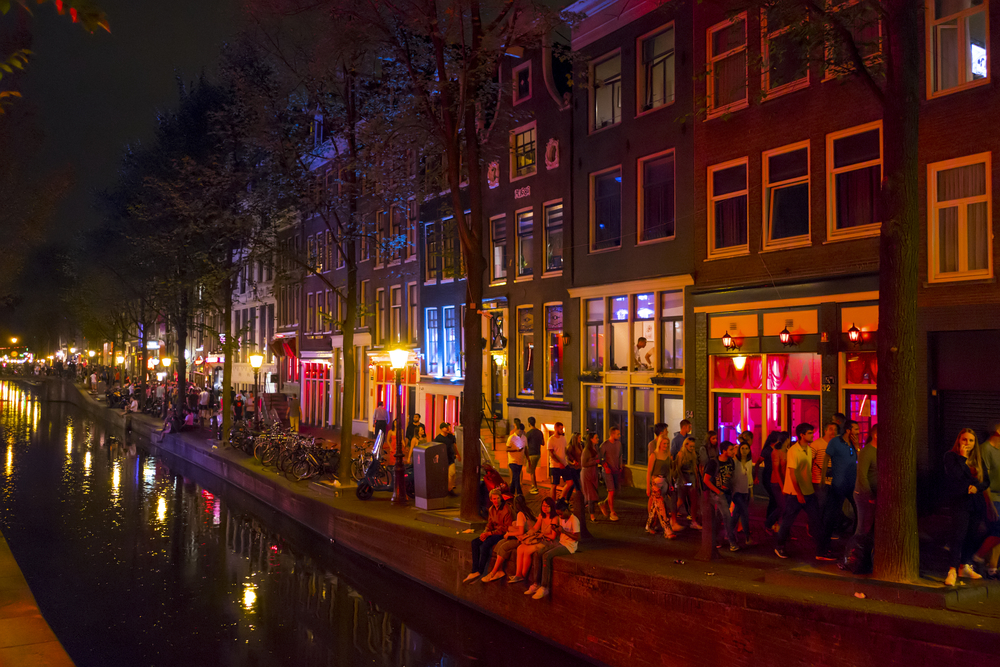Red light district needs long term vision says Amsterdam ombudsman


Amsterdam’s ombudsman, who made international headlines last year describing the city’s red light district as an ‘urban jungle’ has published a string of recommendations to clean up the area.
Arre Zuurmond, who spent some time living in the district to get to know the problems better, has spoken to more than 100 locals, police officers and council officials to draw up his final report after a three-year project.
The ombudsman has identified seven key causes for concern: litter, over-tourism, public nuisance; homelessness, sex work, drugs and criminal infiltration.
Amsterdam’s image is that of a city where everything is possible and the red light district is praised as a tourist attraction worldwide,’ the report states. ‘Stag and hen parties, pub crawls – the overuse of drink and drugs by this group of tourists are a primary cause of problems, but also tax the system in terms of hospital services.’
There are no simple solutions to this and efforts need to be made to develop a long-term vision for the area, Zuurmond said.
In the short term, however, there are a number of steps which officials can take, the report said. Officials could ban eating and drinking in certain areas to cut down on litter and the city, as shareholder, can pressure Schiphol to reduce the number of cheap flights, the report said.
There should be more camera supervision to crack down on waste dumping, government inspectors should check bars and cafes at night as well as during the day, and more must be done to limit the problems caused by too many taxis.
Drugs
The problem of drugs dealers – an estimated 300 tout their trade in the district – also needs to be addressed and efforts must be made to change Amsterdam’s reputation as the drugs capital of Europe.
This would also lessen the exposure of Amsterdam children to drugs at a young age and help cut down on crime, the report states.
Crime and criminal infiltration also need to be tackled, the report says. ‘Brothel owners often run bars, Airbnb and souvenir shops,’ the report said. ‘They have a hand in the entire chain and this leads to the circulation of lots of black money.
Economic
Efforts must also be made to rehouse the group of 30 to 50 homeless people who live in the red light district, who are often drunk and cause considerable problems, the ombudsman said.
Amsterdam’s mayor Femke Halsema, who said last year that moving the red light district to a new location would be an option, said the council is already taking short-term steps to improve the situation but agreed a long term view is needed.
In the past the area has been regulated as an ‘economic zone’, not the cultural and historic district is is, she pointed out.
Thank you for donating to DutchNews.nl.
We could not provide the Dutch News service, and keep it free of charge, without the generous support of our readers. Your donations allow us to report on issues you tell us matter, and provide you with a summary of the most important Dutch news each day.
Make a donation